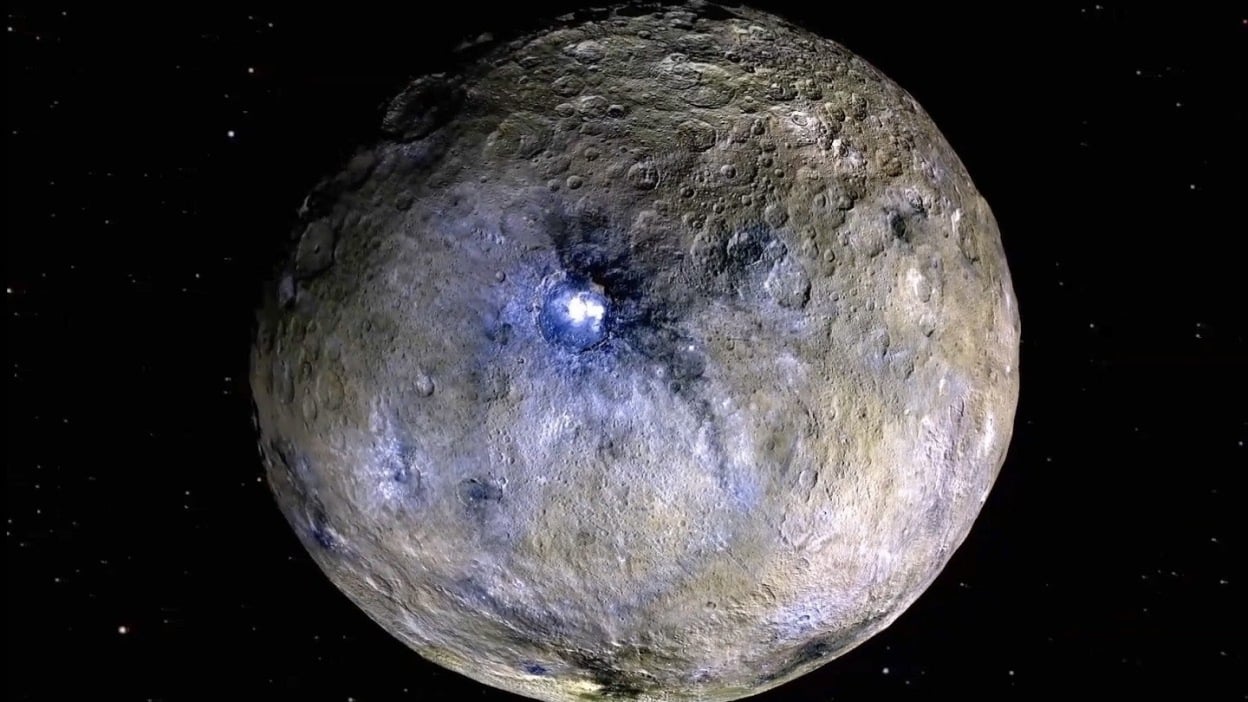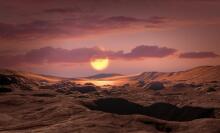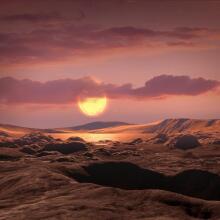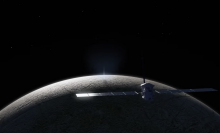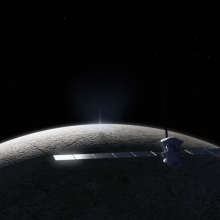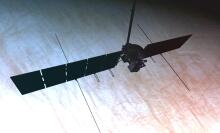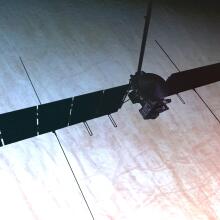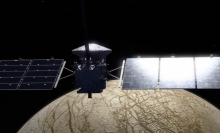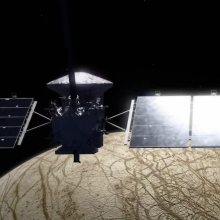Pluto is the most famous dwarf planet, due in part to its very public demotion from ninth planet of the solar system two decades ago.
But a relatively obscure dwarf planet in the main asteroid belt could be the most accessible icy world to Earthlings in space. Though it's less than 600 miles wide, Ceres appears to be rich in water ice, and new research from Purdue University and NASA's Jet Propulsion Laboratory is helping to confirm it was once drenched in flowing water.
For years, Ceres confounded experts with its cratered surface. These pits seemed too deep and rigid to exist on a retired water world. Scientists now think that may not be a contradiction after all, if they account for a key ingredient: mud — and maybe lots of it.
"Our interpretation of all this is that Ceres used to be an 'ocean world' like Europa (one of Jupiter's moons), but with a dirty, muddy ocean," said Mike Sori, a planetary geophysicist at Purdue, in a statement. "As that muddy ocean froze over time, it created an icy crust with a little bit of rocky material trapped in it."
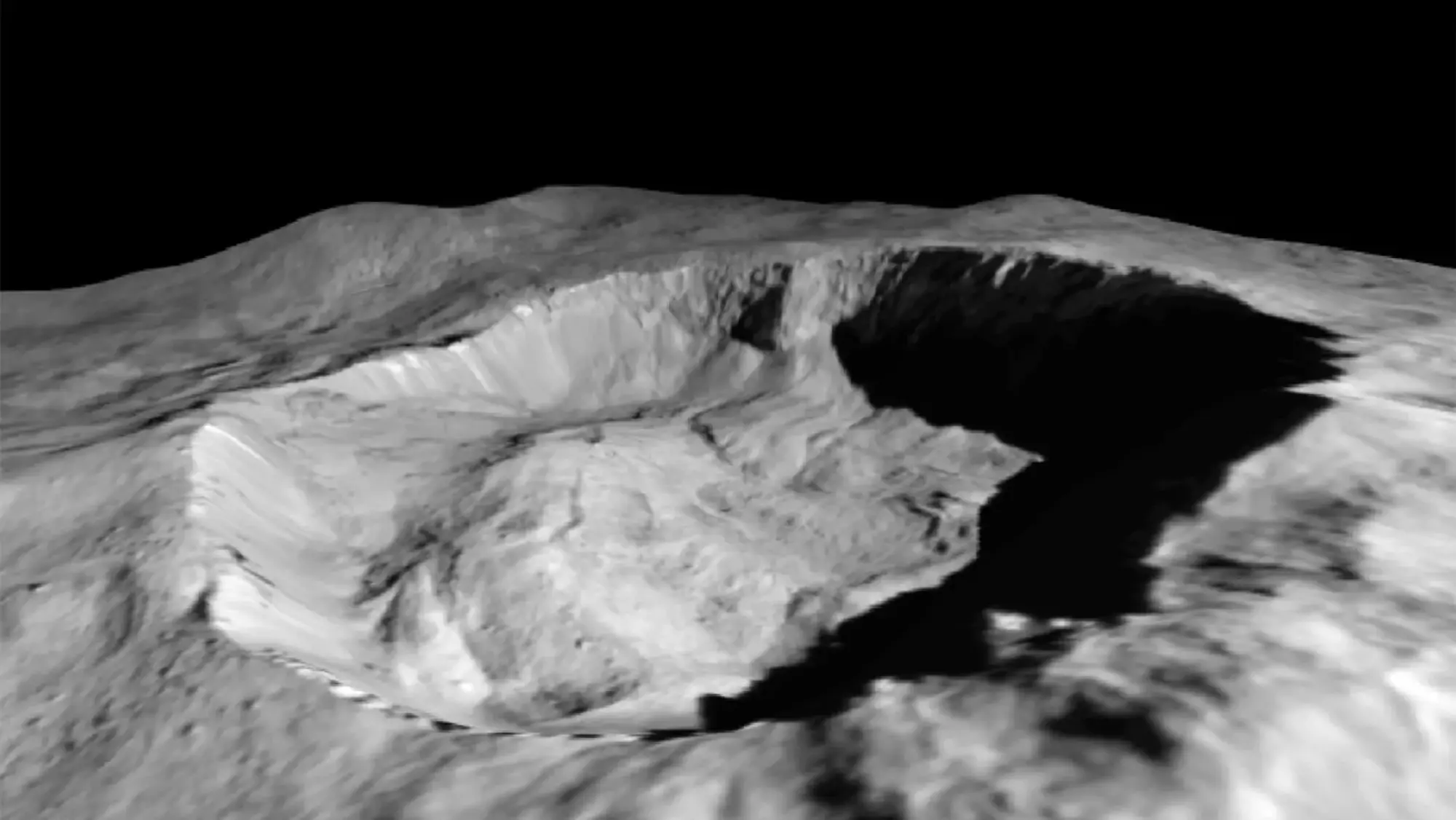
Using computer models, the team discovered that dirt mixed into Ceres' ancient ocean could have reinforced the dwarf planet's ice, holding the craters' shapes and preserving some of its other geology for long periods of time. This mixture would allow the surface to be both icy and strong. The study appears in the journal Nature Astronomy.
Previous thinking suggested that if the dwarf planet were icy, the craters would deform easily, like glaciers flowing on Earth — or like gooey honey, Sori said.
The paper, led by doctoral student Ian Pamerleau, posits that Ceres' surface is, in fact, loaded with ice — perhaps as much as 90 percent of it. Through simulations, the team tested different crust scenarios and found that dirty ice could keep the crust from "flowing" over billions of years. With this structure, the dwarf planet would get gradually muddier and less frozen at lower depths.
A NASA spacecraft got a closer look at Ceres' surface between 2015 and 2018 through the Dawn mission. Those observations revealed the dwarf planet's unusual bright patches as a salty crust of sodium carbonate, the same type of salt people use as a water softener.
After looking at the mission data, scientists thought perhaps the salt was the residue of a vast, briny reservoir about 25 miles underground and hundreds of miles wide. Meteorite impacts either melted slush just below the surface or created large fractures in the dwarf planet, allowing salt water to ooze out of ice volcanoes.
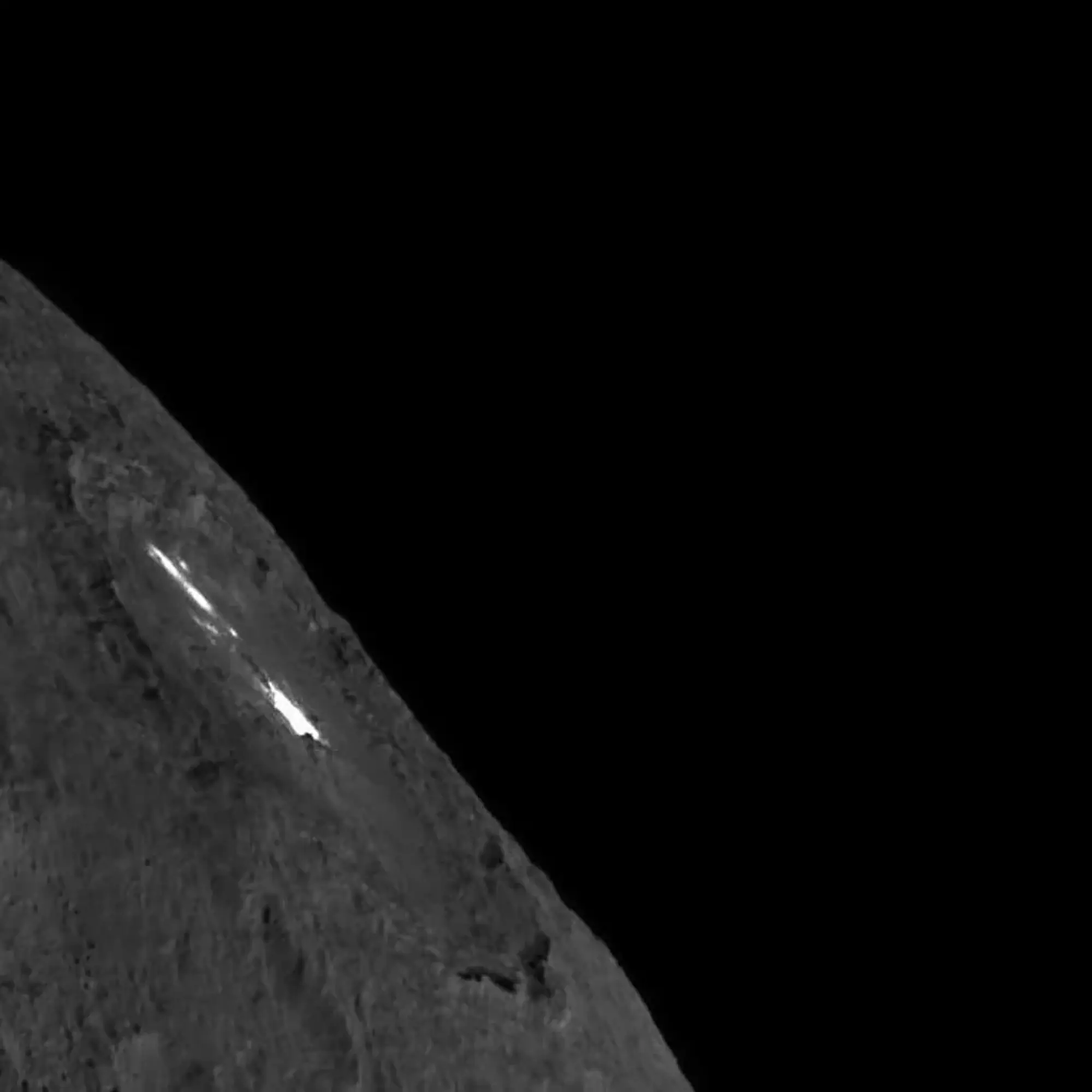
Astrobiologists have wondered if simple, microbial life could exist on Ceres, the closest frozen ocean world to Earth at an average of 260 million miles away. The National Academies Planetary Science Decadal Survey recently recommended that NASA return to Ceres to collect samples.
More robotic missions to the dwarf planet could provide greater insights and points of comparison for the icy moons of the outer solar system, such as Saturn's Enceladus and Jupiter's Europa and Ganymede, Sori said.
"Some of the bright features we see at Ceres' surface are the remnants of Ceres' muddy ocean, now mostly or entirely frozen, erupted onto the surface," he said. "So we have a place to collect samples from the ocean of an ancient ocean world that is not too difficult to send a spacecraft to."
Topics NASA
